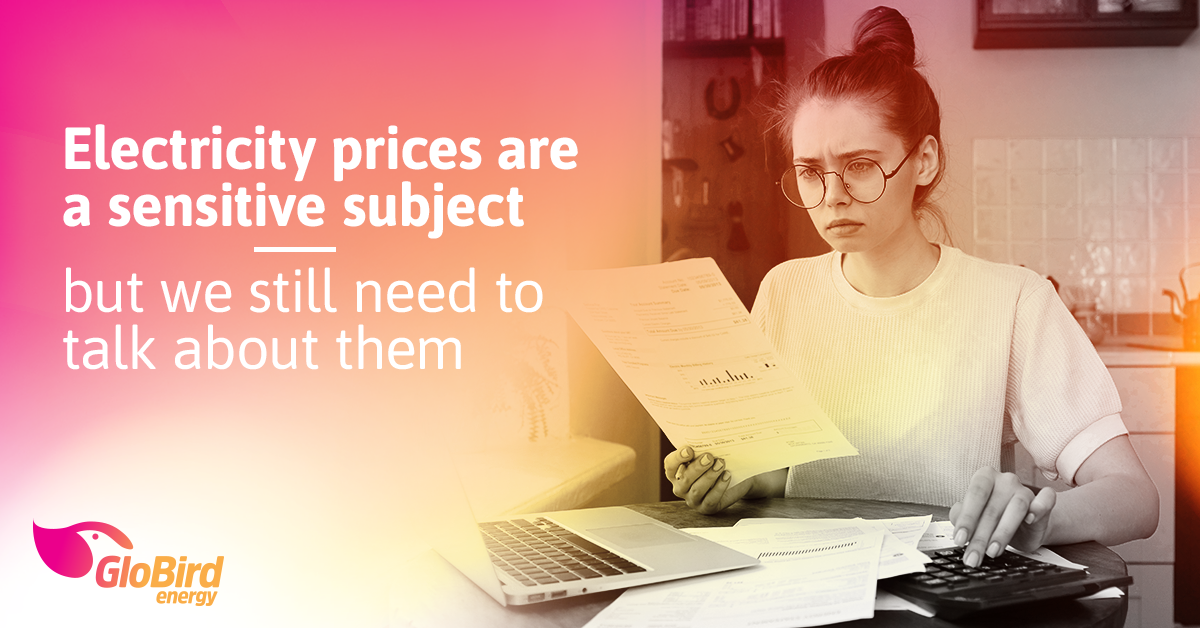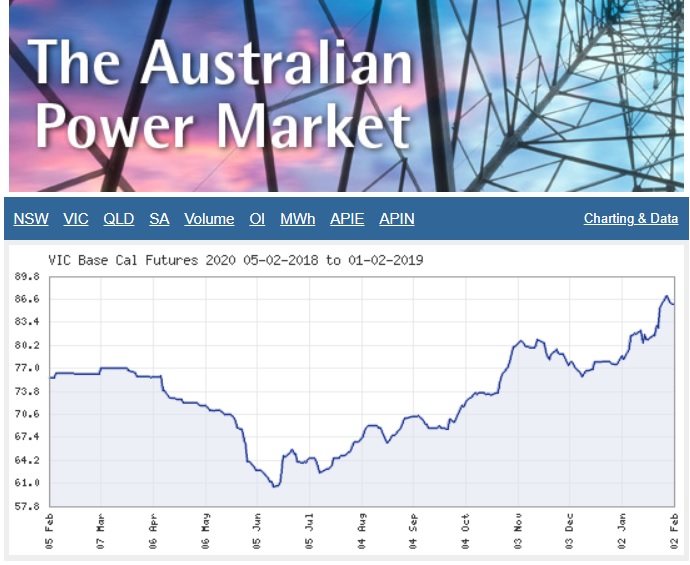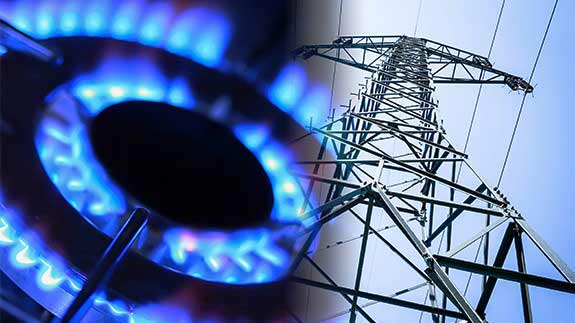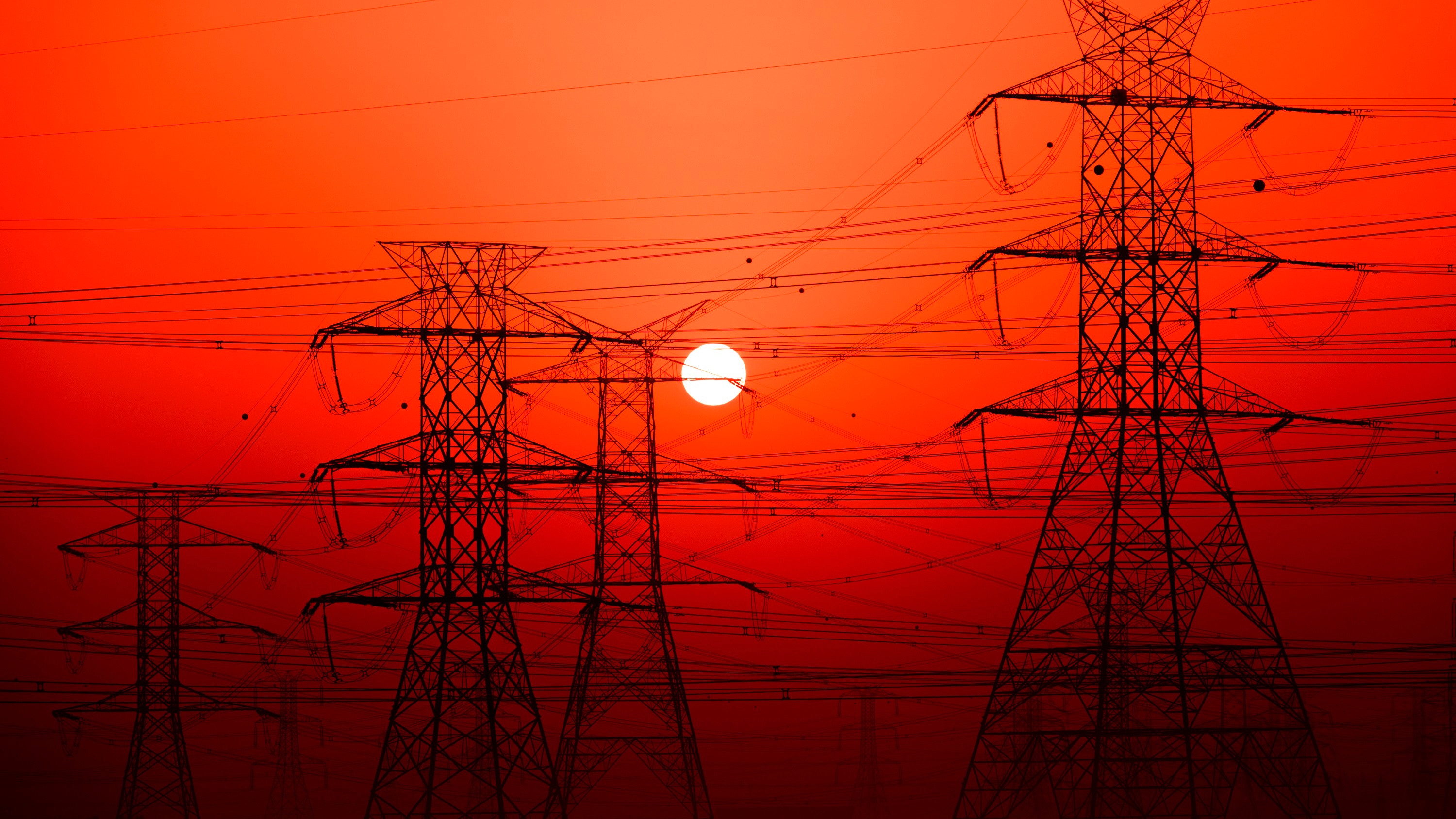As you can imagine, we’d like nothing more than to be able to say: prices are NOT going to go up for the foreseeable future.
Actually, there is one thing we’d like more: to be able to tell you that prices are going down.
Unfortunately, major price drops are not on the cards in the immediate future.
We know you don’t want to hear that, and we wish we didn’t have to say it, but we can’t just put our fingers in our ears and go “la la la”.
What we can do is at least try to explain why and talk about the factors that are still driving prices in Australia right now. At least understanding why is better than being left wondering.
A combination of factors
We’ve written previously about how generation, supply & demand, security, sustainability, and environmental schemes all contribute to the cost of electricity.
Add to that the ongoing volatility of the energy market here in Victoria and it all makes doing business in this sector quite challenging.
Right now, some of the major issues impacting the cost of getting electricity are:
- -The lack of reliability of ageing coal-fired power stations
- -Delays to larger renewable energy projects
- -Gas prices being at an all-time high
- -Increasing network costs
- -Rising wholesale costs
- -Drought
Reliability of supply
We need to be able to rely on a steady supply of electricity to match demand. As we’ve seen over the past couple of years, if we can’t the result is blackouts.
We suspect if you were offered the option of cheaper electricity but with the trade-off being supply becomes unreliable and intermittent, you would prefer to give that a miss.
There are a couple of factors that are impacting significantly on the reliability of supply, as Australia’s method of generating power move in opposite directions.
Firstly, the coal-fired power stations that we have relied on for so long are either being phased out or needing to be off-line more often for maintenance.
Secondly, even though some significant renewable-energy generation projects have been planned and approved, they are facing delays getting online.
Add to that that, no matter how optimistic we are with our forecasts of what these renewable projects will add to the energy supply mix, they are going to be susceptible to the weather (sun and wind), meaning they won’t reduce market volatility, in fact, they could potentially make it worse.
The weather has even impacted on the reliability of one of Australia’s great long-term sources of ‘ready to go’ energy generation, Snowy Hydro, because the drought has meant that there isn’t enough water for it to generate as much electricity as we need.
Gas prices also affect electricity prices
Gas is used to generate electricity during times when intermittent sources like solar or wind aren’t able to, the price of gas has a direct impact on the price of electricity.
The changing gas market, including the fact that Victoria has a moratorium on further gas extraction and New South Wales has what amounts to a virtual ban, has policy makers in a bit of a spin.
Even the Australian Competition and Consumer Commission (ACCC) chair Rod Sims – a strong advocate for free markets – appears to have changed his thinking.
Mr Sims initially thought that a policy to reserve some gas production for domestic use was unnecessary interference, but he now concedes:
“I think what we hadn’t seen, what I hadn’t seen, is the fact that we’ve got three large LNG producers when we really only had gas for two-and-a-half,” he told ABC TV’s The Business.
“The only way to get prices down is to get more gas down south,” he added.
We’re waiting to see what happens next but for now gas is getting more expensive.
The cost of getting the electricity to you
A large portion of every electricity bill is to cover network costs, basically the cost of building, managing, and maintaining the infrastructure (often referred to as ‘poles and wires’) that distributes electricity from the generators to customers.
Victoria is currently implementing world-first technology intended to significantly reduce the possibility that powerlines will contribute to major bushfires.
Powerline faults caused 159 of the 173 deaths and were responsible for an estimated $4.4 billion worth of damage during the Black Saturday fires of February 2009.
The project involves the installation of technology called ‘rapid earth fault current limiters’ and was initially predicted to cost Victorians $151 million (while saving an estimated $411 million in bushfire damage costs).
However, after only three years, the cost has already blown out by $274 million – and that’s only up to the second of three stages. It’s now projected to come at a total cost of $540 million.
And the bill is being footed by Victorian consumers.
It all adds up
All we can really do is maintain and reaffirm our commitment to keep our prices as low as possible but, ultimately, we have no choice but to pass on the costs.
We remain hopeful that in the not-too-distant future we will be able to pass on the good news that costs are going to go down.
It’s disappointing that we’re not there right now, but please be assured that we won’t put our prices up any more than is necessary.
You can rely on GloBird Energy to stick to our stated goal to provide Victorian consumers with the most competitive deals for their electricity and gas that we possibly can.
As always, please contact us directly if you have any questions or concerns.





